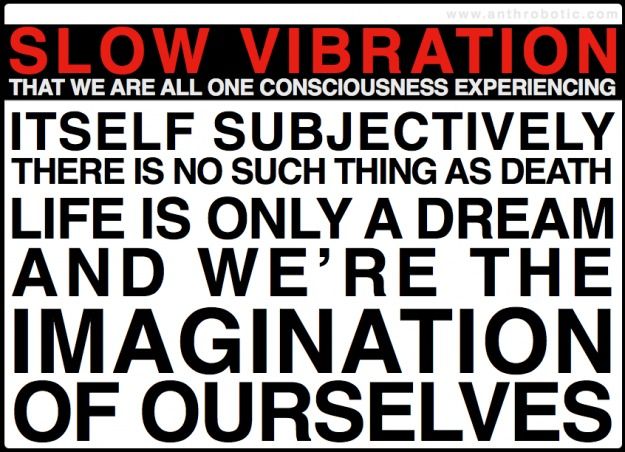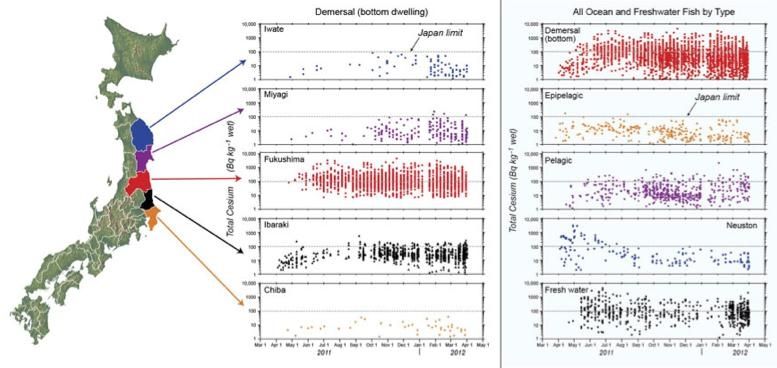Nov 11, 2012
The Kline Directive: Technological Feasibility (2c) … continued
Posted by Benjamin T. Solomon in categories: education, engineering, general relativity, nanotechnology, nuclear energy, particle physics, philosophy, physics, policy, scientific freedom, space
I was about to discuss the third of three concepts, but thought a look back would be appropriate at this time. In my earlier post I had shown that the photon/particle wave function could not be part of the photon/particle as this would violate the empirical Lorentz-Fitzgerald transformations and therefore, Einstein’s Special Theory of Relativity. The wave function is only the photon/particle’s disturbance of the spacetime it is in, and therefore explains why photons/particles have wave properties. They don’t. They disturb spacetime like a pebble dropped into a pond. The pond’s ripples are not the pebble.
In the recent findings, Dr. Alberto Peruzzo, University of Bristol (UK) the lead author of the paper and quoting “The measurement apparatus detected strong nonlocality, which certified that the photon behaved simultaneously as a wave and a particle in our experiment, … This represents a strong refutation of models in which the photon is either a wave or a particle.” This is a very important finding and another step in the progress of science towards a better understanding of our Universe.
Those of you who have been following my blog posts will recognize that this is empirical validation using single structure test that shows that both wave and particle properties occur together. What is required next, to be empirically rigorous, is to either confirm or deny that this wave function is a spacetime disturbance. For that we require a dual structure test.
If this wave function is a spacetime disturbance, then Einstein’s Special Theory of Relativity is upheld, and we would require a major rethink of quantum physics or the physics of elementary particles. If this wave function is a not spacetime disturbance but part of the particle structure, then there is an empirical exception to the Lorentz-Fitzgerald transformation and we would require a rethink of Einstein’s Special Theory of Relativity.
Continue reading “The Kline Directive: Technological Feasibility (2c) . . . continued” »









